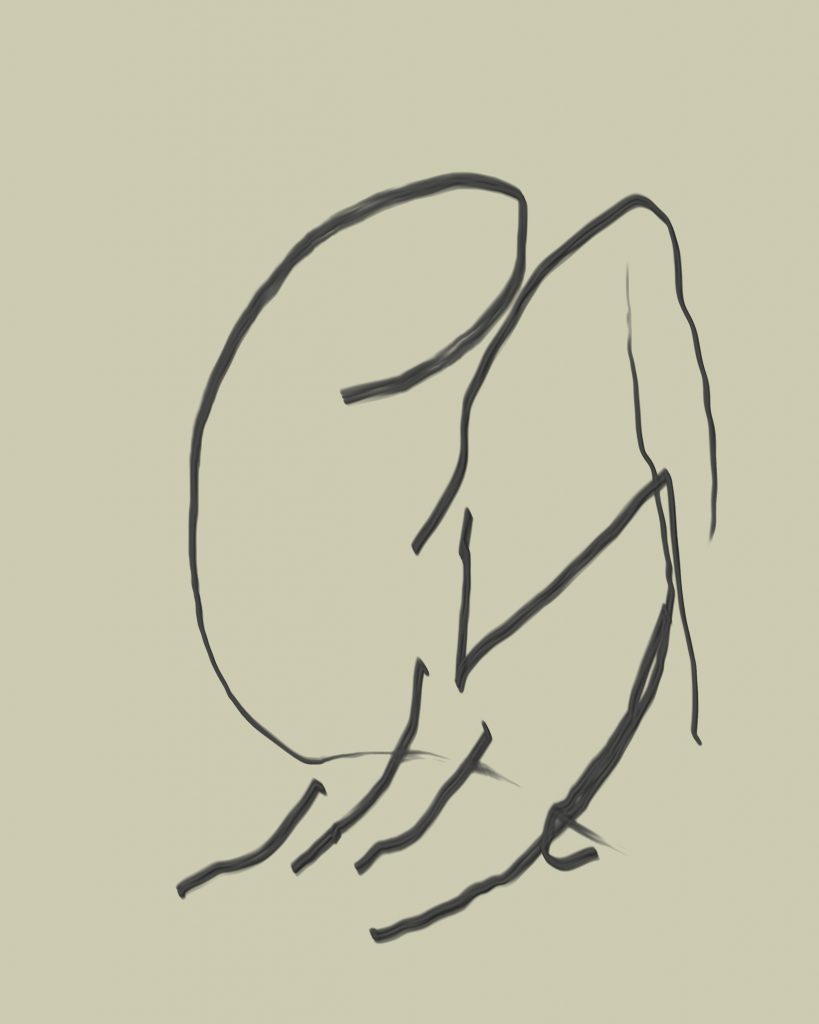We begin with the reality of political murder in Russia; then to bilateral relations.
With implied reference to the attempted Novichok poisoning of Alexei Navalny, Biden called Putin a killer. Putin responded with “It takes one to know one”, which shows that snappy retorts are multicultural. Putin may occasionally view this blog. I will not convict him here. A crime detective would note that he has the means and motive to kill Alexei Navalny, but open source proof is unavailable. Proof from clandestine sources could exist, but such proof could never be revealed without endangering the sources.
In Western law, conviction of a crime requires proof beyond reasonable doubt. Since this is unlikely to ever be available in Russia for a particular individual, only the Court of Public Opinion can convict. The proof exists for the Kremlin as a whole. (Guardian) Russian FSB hit squad poisoned Alexei Navalny, report says.
Motive: Navalny really is a mortal danger to Putin’s Russia. In Alexei Navalny, Poisoned Again? The Russian Poison Trick, I wrote
But why must Navalny be silenced now? Navalny has recently positioned himself as a pro-Western democrat, but his history includes association with the ultra-right. While his impulsive rants are harmless to the Kremlin, Navalny-the-strategist is the ultimate of danger…
(New Yorker, paywall) How Putin Controls Russia interviews Masha Lipman, a Moscow-based political analyst. Quoting one of the few points I actually agree with,
There’s reluctance to organize, as I mentioned earlier, around a political cause, a political leader, or form a political party or a movement. And this protest being limited to a particular cause or a locality is beneficial for the government…
Navalny is pan-Russian, attempting to forge a coalition of disparate and contradictory groups: Western, liberal, fascist, racist, nationalist-excluding the Caucasus, et. al., united only in opposition.
State execution by poisoning dates back to at least December 17 1916, when Prince Felix Felixovich Yusupov fed Grigori Rasputin cakes and wine laced with cyanide. Nothing happened; the Russians had adventitiously discovered the protective effect of sucrose. The Bolsheviks got better; they established a lab to make reliable poisons. This has been going on a long time. As with Navalny, failures occasionally happen. We don’t hear much about the successes.
Having committed the sin of surviving state-executed poisoning, Navalny is now in Penal Colony No. 2. How do you kill someone without making a martyr? It would not be surprising for Navalny to be murdered by well-paid convicts, guards, or plants. It would be tragic, since Navalny, the unrealistic idealist, is in many ways a man too good for today’s Russia. History is full of deconstructions of governments that lead to renaissances. Russia desperately needs a renaissance.
As Putin himself has remarked, Russia ‘s government is historically paternal. In the West we think our way to our own destinies. In Russia,there is an almost universal, quasi-religious faith in rulers. So resulted the initial denial, in emotional terms, by Vladimir Kara-Murza Sr., that his son had been poisoned. (RFE) Kremlin Critic Emerges From Coma. Vladimir Kara-Murza Sr. died in 2019 at age 59. In Russia, you have to wonder.
We now have a circular sustaining loop. You can start at any point and work your way around:
- Paternal government, sustained by popular attitudes which deny misdeeds of government, such as political murder.
- Opposition, rejecting paternal tradition, who seek to overthrow the paternal government by political means, via the existing facade of democracy.
- Political murders of the opposition, with effect to sustain the paternal government.
- Loop to the top.
Putin might say that the paternal government must be maintained because there is no bridge to something better. This was explored in:
- Fiona Hill, Putin’s Apology; Analysis Part 2
- Fiona Hill, Putin’s Apology; Analysis Part 3
- Fiona Hill, Putin’s Apology; Analysis Part 4; KGB Culture
- Putin’s Job Works on Him; His Apology; Navalny Detained
Takeaway: Political murder is organic in Russia. It has a long tradition, it is not rooted in a single individual, and we have zero chance to keep Navalny breathing if the Kremlin wishes otherwise.
To be continued shortly.
